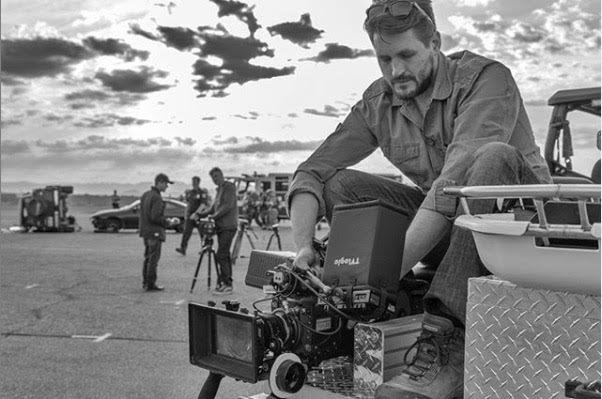Ascending the Cinematic Ladder: A Journey from Camera Operator to Cinematographer to Director of Photography
Embarking on a career in the world of filmmaking often involves climbing a ladder of roles, each rung bringing new challenges, skills, and artistic revelations. This journey, from the grassroots role of a camera operator to the commanding heights of a director of photography (DP) and cinematographer, is a narrative of growth, learning, and a deepening connection with the art of visual storytelling.
The Foundations: Embracing the Lens as a Camera Operator
As a camera operator, the world unfolds through the lens of a camera. It's about mastering the technicalities, understanding the nuances of framing, and learning the language of visual storytelling. This initial role lays the foundation, where one learns to anticipate the director's vision and translate it into dynamic and compelling shots.
The Ascent: Embracing the Art as a Cinematographer
Transitioning from a camera operator to a cinematographer is a leap into the realms of artistry. The cinematographer, often known as the director of photography, becomes the custodian of the film's visual language. It's not just about operating the camera; it's about crafting the visual narrative. From lighting setups to choosing lenses, every decision contributes to the emotional impact of the story.
The Pinnacle: Guiding the Vision as a Director of Photography
Reaching the summit of this cinematic ascent, the director of photography becomes the guiding force behind the visual identity of a production. It's a role that demands not only technical prowess but a profound understanding of storytelling. The DP collaborates closely with directors, making strategic decisions about camera movement, lighting schemes, and visual motifs that elevate the narrative.
The Learning Curve: Continuous Evolution
The journey from camera operator to director of photography is a continuous learning curve. It involves adapting to new technologies, staying abreast of industry trends, and refining one's artistic sensibilities. Every project becomes an opportunity to experiment, innovate, and refine the craft further.
Balancing Act: Navigating Technical and Creative Realms
As a camera operator, the focus is primarily on the technical aspects of capturing shots. With the transition to cinematographer and, eventually, director of photography, there's a delicate balancing act between technical precision and creative expression. It's about harmonizing the logistics of a shoot with the desire to tell a visually compelling story.
Collaborative Symphony: Working with a Creative Ensemble
The journey from camera operator to director of photography also underscores the importance of collaboration. The DP collaborates not only with directors but with an ensemble of creative professionals, including production designers, costume artists, and lighting technicians. It's a symphony of talents working in unison to bring a vision to life.
Visionary Leadership: Shaping the Visual Narrative
Reaching the summit as a director of photography means assuming a position of visionary leadership. It involves not only executing a director's vision but also contributing a unique perspective that enhances the overall storytelling. The DP becomes a visual storyteller in their own right, shaping the emotional tone and aesthetic character of the film.
In conclusion, the journey from camera operator to cinematographer to director of photography is a transformative odyssey in the realm of filmmaking. It's a progression marked by technical mastery, artistic exploration, and a deepening understanding of the collaborative nature of cinematic storytelling. From capturing images to crafting visual narratives, this evolution is a testament to the power of continuous learning, artistic growth, and a passion for the art of filmmaking.



